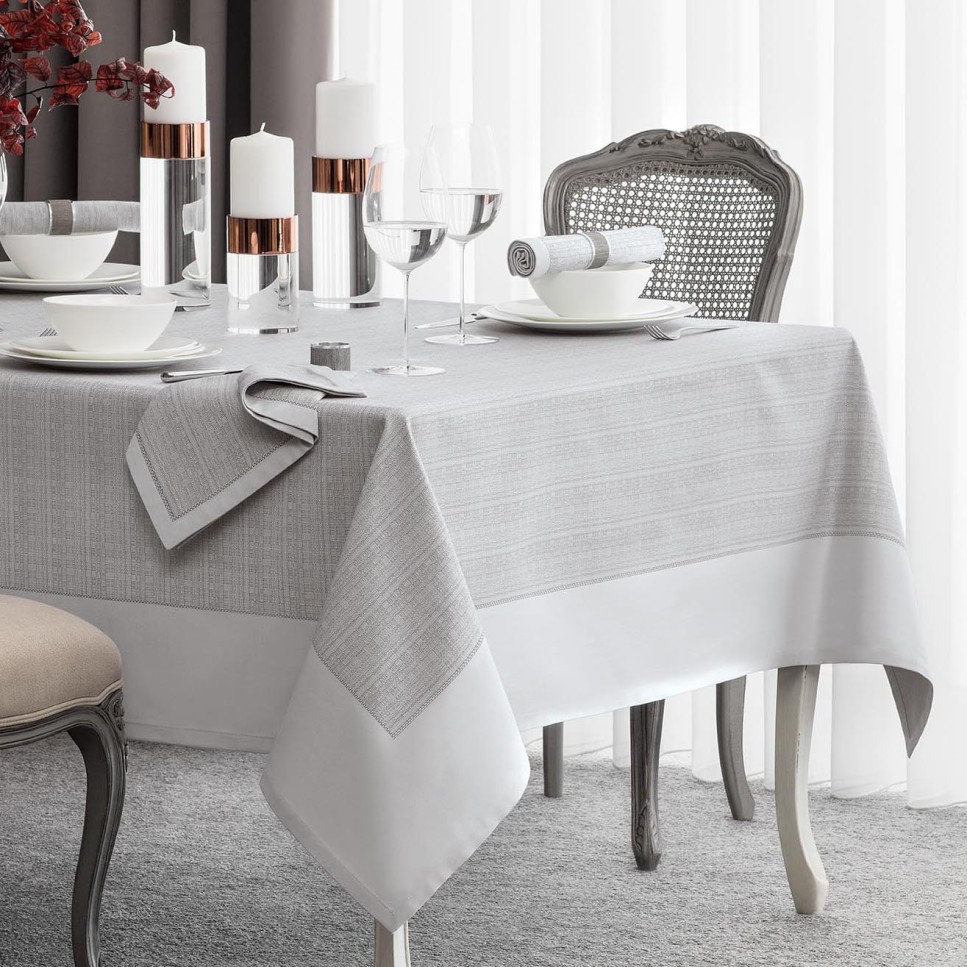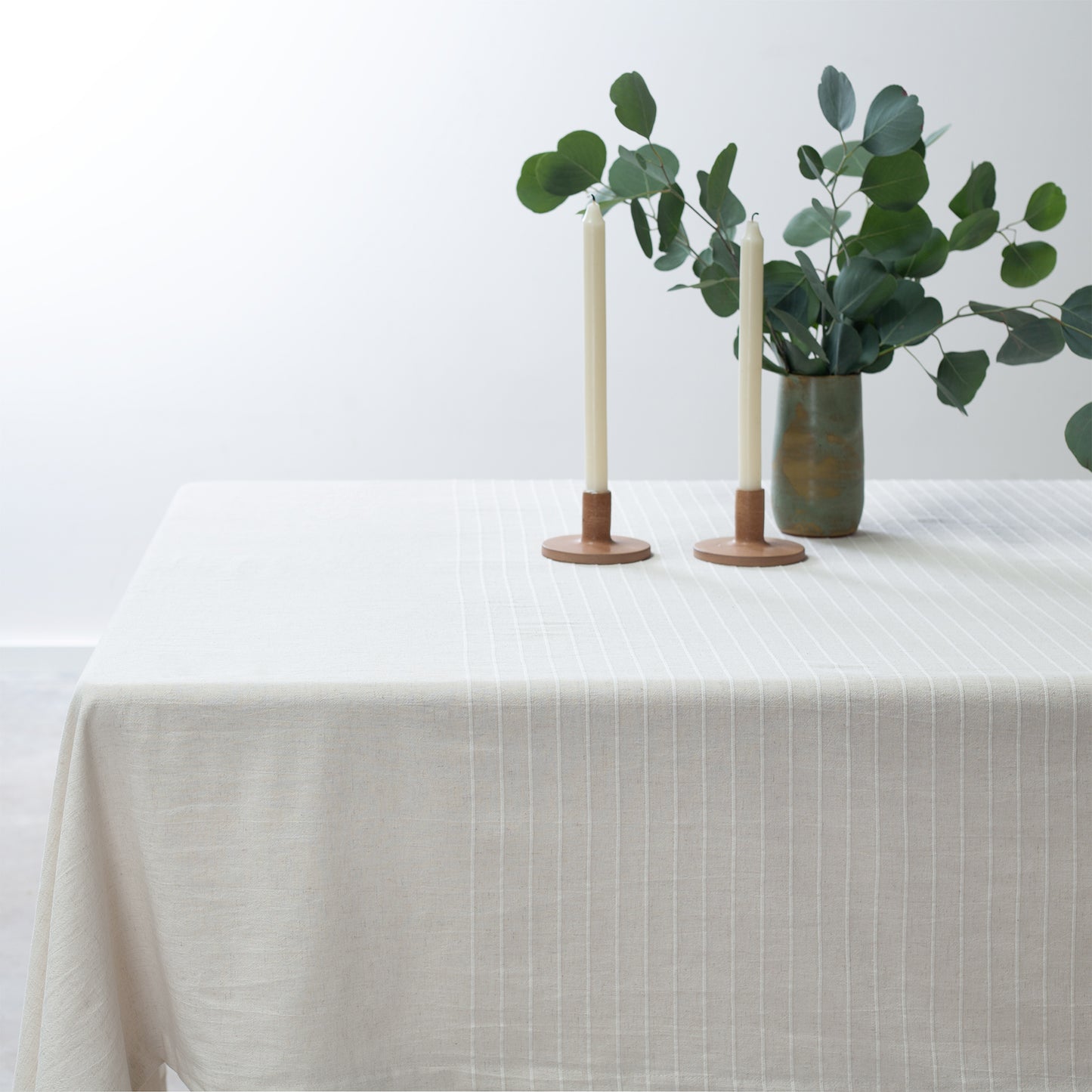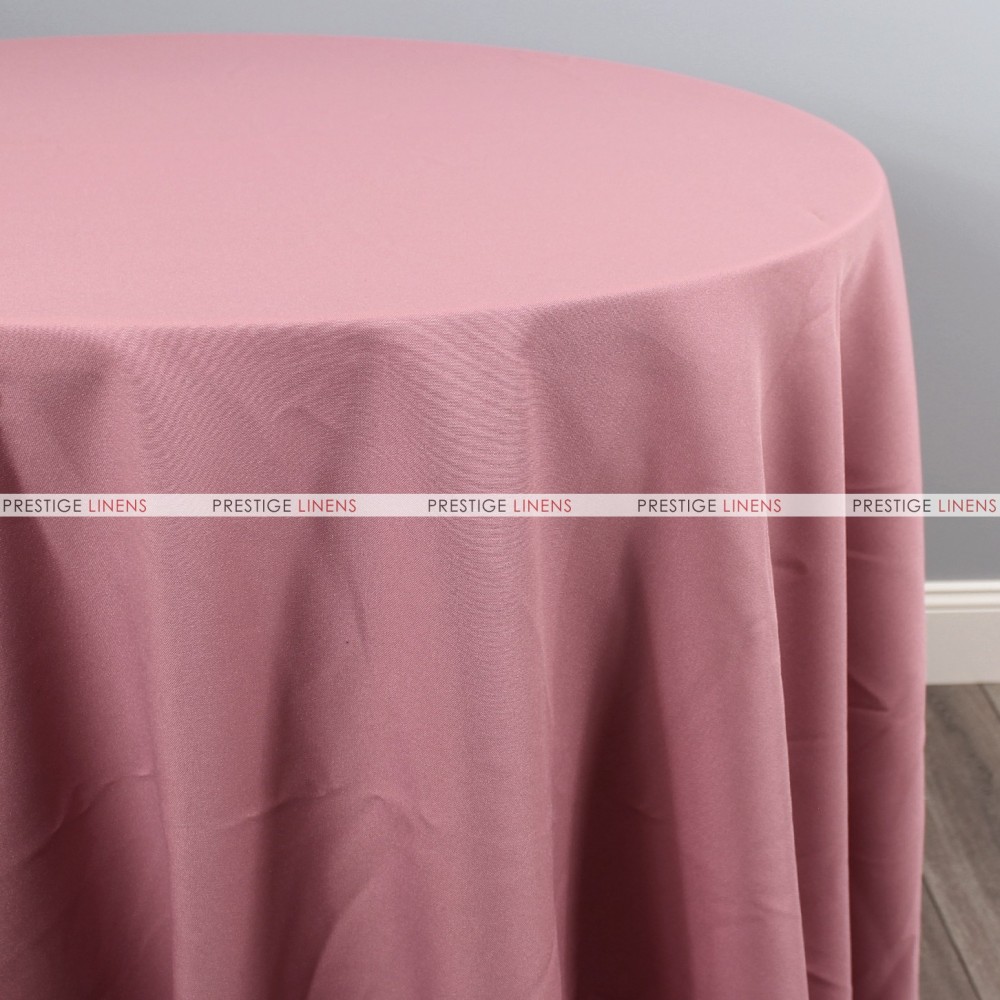Lovely Table Cloths: Boost Your Dining-room Decoration
Lovely Table Cloths: Boost Your Dining-room Decoration
Blog Article
Linen Material Advancements: Discovering Modern Trends and Creative Applications in Design and Textile Industry
From sustainable manufacturing approaches to innovative weaving innovations, the evolution of linen is improving the landscape of the fabric industry. As we delve right into the realms of innovative style applications and the development of linen blends and crossbreed textiles, a brand-new chapter unfolds in which bed linen's duty in future fabric advancements takes facility stage.
Lasting Practices in Linen Manufacturing
Lasting methods in linen production have come to be significantly essential in the textile market's efforts to reduce environmental impact and promote ethical sourcing methods. Linen, a natural fiber stemmed from the flax plant, offers a variety of benefits such as breathability, longevity, and biodegradability. Nonetheless, standard methods of bed linen manufacturing can involve significant water intake, pesticide usage, and energy-intensive processes.
To attend to these difficulties, several fabric producers are taking on lasting practices throughout the bed linen manufacturing process. This consists of sourcing flax from organic ranches that avoid harmful pesticides and chemicals, carrying out water-efficient retting strategies to extract fibers from the flax stalks, and using green dyes and surfaces. In addition, some firms are buying sustainable power resources to power their manufacturing facilities and decreasing waste via recycling and upcycling efforts.
Technical Innovations in Bed Linen Weaving
With the expanding emphasis on sustainable practices in linen production, the textile sector is now experiencing a rise in technological innovations specifically intended at revolutionizing the art of linen weaving. These developments are reshaping the method linen materials are created, using boosted efficiency, quality, and creativity in weaving techniques.
One of the crucial technological developments in linen weaving is the integration of computerized looms. These advanced looms are equipped with software that enables intricate and complex layouts to be woven with precision. By digitizing the weaving procedure, makers can accomplish greater consistency and precision in their bed linen materials.
Additionally, developments in thread spinning technology have made it possible for the manufacturing of finer and more durable bed linen threads - table cloths. This leads to softer and smoother bed linen textiles that preserve their quality even after numerous uses and washes
In addition, the advancement of environment-friendly dyeing processes and coatings for bed linen fabrics is obtaining grip. These sustainable techniques not only lower the ecological effect but additionally satisfy the increasing customer demand for morally created fabrics.
Creative Style Applications for Linen
Cutting-edge artistic techniques are significantly forming the creative style applications for bed linen in the fabric sector. Linen's all-natural visual allure and ability to blend with other materials make it a favored selection for creating distinct garments and devices that provide to the eco conscious consumer.
Furthermore, designers are try out bed linen in home style, utilizing its sturdy and breathable nature to craft elegant furnishings such as drapes, bed linens, and furniture. The appearance and drape of bed linen bring a feeling of elegance and convenience to interior spaces, adding a touch of elegance to her explanation contemporary homes.

Bed Linen Blends and Hybrid Fabrics

Hybrid materials, on the other hand, take the principle of blending an action additionally by incorporating additional aspects such as metallic strings, recycled materials, or conductive fibers. These cutting-edge textiles not just broaden the layout opportunities but additionally introduce useful elements like conductivity, antimicrobial properties, or boosted sturdiness. Crossbreed materials are significantly being used in numerous markets, consisting of fashion, interior decoration, and technical fabrics, where the demand for multifunctional products is on the increase.
Bed linen's Role in Future Fabric Innovations

In the world of future fabric technologies, linen is expected to be a principal in the growth of innovative useful fabrics. Researchers and designers are discovering means to boost bed linen's integral qualities through technological developments, such helpful hints as integrating wise textiles, nanotechnology, and performance surfaces. These developments aim to raise bed linen's efficiency qualities, making it appropriate for a wider variety of applications, from activewear to safety garments.
Additionally, the combination of linen with other natural or artificial fibers opens countless opportunities for producing novel textiles with special residential or commercial properties and capabilities. By leveraging linen's qualities and checking out innovative blends, the textile industry is positioned to introduce exciting growths that satisfy progressing consumer needs and sustainability needs.
Verdict
Finally, the exploration my site of lasting methods, technological advancements, imaginative style applications, linen blends, and its duty in future fabric developments highlight the continuous evolution of bed linen fabric in the modern-day style and textile sector. With a focus on innovation and creative thinking, the adaptability and environmentally friendly nature of bed linen make it a useful material for suppliers and developers alike, paving the method for more advancements and innovations in the field of fabrics.
As we delve right into the realms of innovative design applications and the introduction of linen blends and crossbreed textiles, a new phase unfolds in which bed linen's duty in future textile technologies takes center phase.
Discovering the combination of bed linen with other materials has actually led to the development of ingenious blends and crossbreed textiles in the modern fabric industry. Bed linen blends supply a distinct mix of the characteristics of linen with those of various other fibers, resulting in textiles that possess improved residential or commercial properties such as raised resilience, enhanced draping, and lowered wrinkling.The evolution of linen blends and crossbreed textiles has set the stage for Bed linen to play a crucial duty in driving future textile developments.In the realm of future fabric technologies, bed linen is expected to be a key player in the advancement of sophisticated useful textiles.
Report this page